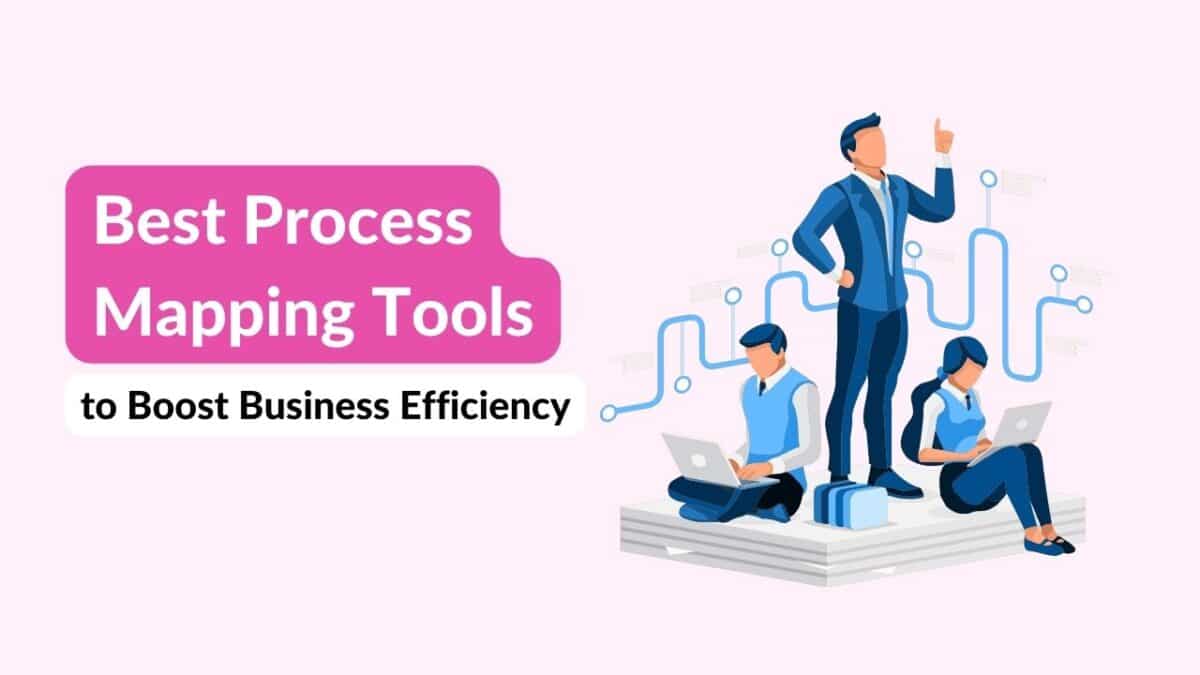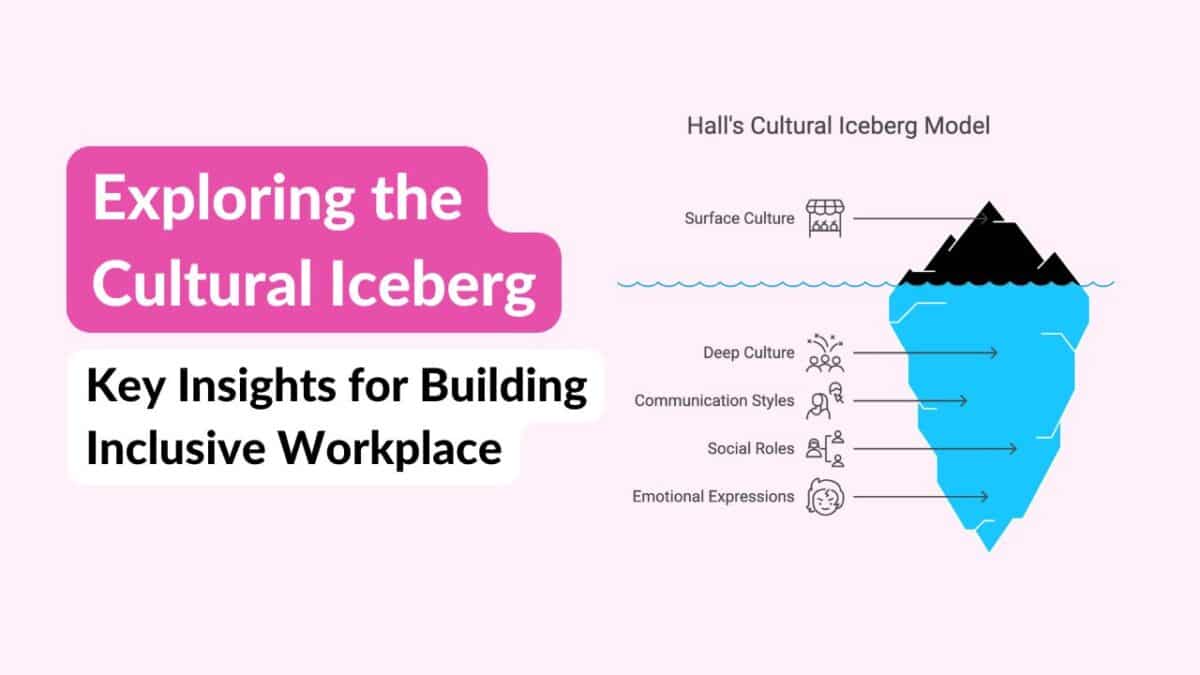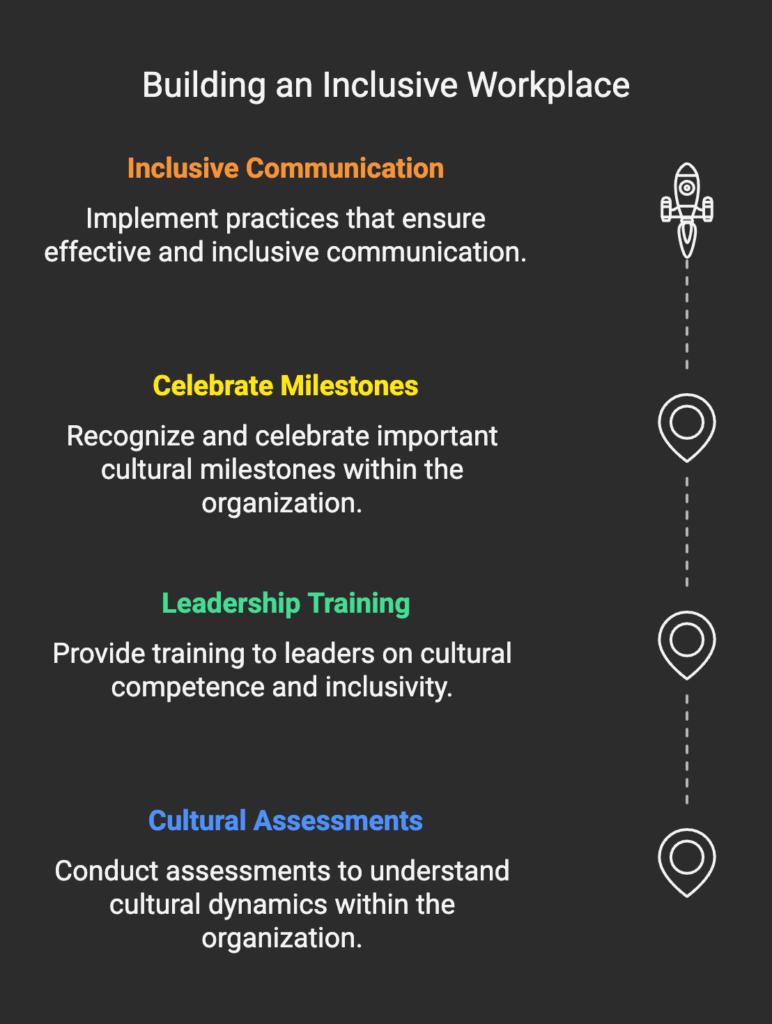Staffing is probably one of the most challenging business activities to manage as a business owner. Staffing typically includes hiring employees through a lengthy hiring process, training them, keeping them motivated, investing in development, and transferring roles, only for them to possibly leave sooner than expected.
This becomes frustrating and can end up being quite costly to businesses. When employees leave a company, it can also create big disruptions in the workflow of the business. This is where resource and staff augmentation as a hiring model becomes a very effective solution for staffing.
What is Staff Augmentation?
Staff augmentation is an outsourcing strategy to hire temporary personnel for a project or to augment the capacity of the organization as per business objectives. It involves inquiring into the existing skills of the workforce and determining the additional skills required for successful business delivery.
personnel are usually hired through an agency. Businesses in need of temporary staff members will contact the agency and offer a description of the type of employees required. The agency will then research its database of potential employees and put forward the best candidates.
Therefore, it is of great importance that businesses give their preferred agencies a detailed description of which skills and experience are required. Once suitable candidates have been chosen, they will be contracted between the business and the agency for a predetermined time and at a certain rate.
Also read: Getting started with real time performance management
Workforce augmentation has become increasingly popular with businesses because of the benefits involved. Especially the IT industry is using staff augmentation as a hiring model because their staff turnover is often higher in comparison with other industries.
When do Businesses Turn to Staff Augmentation?
Many scenarios can drive the need for staff augmentation in a business. Let’s look at three different scenarios:
Scenario 1:
When a business takes on a new project but does not have the staffing capacity or resources to train new employees to complete the project in the timeframe required.
Scenario 2:
When an employee leaves a company in the pursuit of a new opportunity or even just for annual leave, there is a gap in the workforce. This can slow down the company’s entire workflow.
Scenario 3:
While a business is looking for the best permanent team to hire, staff augmentation acts as a bridge. This ensures continuity in the business.
These scenarios are just three examples where staff augmentation can be a highly effective hiring solution for businesses. But there are many other times businesses can also benefit from augmenting staff. It is, however, mainly due to a lack of or limited access to resources.
What are the Benefits of Staff Augmentation?
Staff augmentation is increasingly becoming one of the most sought after recruitment models because it offers so many benefits to businesses. Some of these include:
More access to skills
When using staff augmentation services, businesses have access to a larger talent pool with a greater variety of skills. This talent pool is accessible at short notice and when required.
Also read: How to build a successful upskilling and reskilling program
Easy scalability
Workforce augmentation offers great mitigation for running the risk of having no capacity to take on and complete new projects or not sticking to deadlines. Businesses can quickly scale up or down when needed without having to deal with employee changes or paying high HR costs.
Lower operating costs
It is much more affordable for businesses to hire already qualified and vetted employees from an outsourcing agency than going through the sourcing and hiring process directly. Employing directly takes valuable time, effort and money out of businesses.
Higher efficiency
Being efficient is what business is about these days. Delivering the best results in the shortest amount of time. It is much easier to achieve this with staff that are already trained and ready to do business. Staff augmentation is a good choice when it comes to looking for higher efficiency.
Higher efficiency
Hiring full-time employees requires someone in the business to mentor the newly employed staff. This mentoring can include training them, explaining objectives, setting goals, and more. With staff augmentation, employees already have and ready to fit in with businesses, saving valuable time and money.
Staff Augmentation Security & Compliance in 2025
With increasing cyber threats and regulatory requirements, security considerations are paramount when implementing staff augmentation:
Data Protection Protocols
– Implement robust access controls and multi-factor authentication
– Ensure all augmented staff sign comprehensive NDAs and security agreements
– Regular security training and compliance updates for external team members
– Encrypted communication channels and secure file sharing systems
Regulatory Compliance
– GDPR compliance for European data handling
– HIPAA requirements for healthcare-related projects
– SOX compliance for financial services augmentation
– Industry-specific certifications and clearances
Risk Assessment Framework
1. Vendor Security Audits: Thorough evaluation of agency security practices
2. Background Checks: Comprehensive screening of augmented personnel
3. Ongoing Monitoring: Regular security assessments and compliance reviews
4. Incident Response Plans: Clear protocols for security breaches or data incidents
Staff Augmentation Best Practices
When managed effectively, staff augmentation can save businesses a lot of valuable time, effort, money, and other resources. Let’s explore some of the augmented workforce techniques and tips to make it work optimally:
1. Establishing goals and objectives
Before turning to staff augmentation, it’s critical to define the goals and objectives of the project. This clarity helps guide both the internal team and the augmented staff toward a shared understanding of the project’s direction. Establishing goals can involve identifying specific tasks, expected outcomes, timelines, and deliverables.
2. Identifying any gaps
Before hiring, businesses should conduct a thorough gap analysis to identify which specific skills are lacking within their internal team. This helps avoid redundancies and ensures that only the most critical skills are brought on board through staff augmentation. A targeted approach increases the effectiveness of the project and prevents hiring overqualified or underqualified professionals.
3. Reviewing and Vetting Agencies
Choosing the right staffing agency can make or break the success of your augmented workforce. Not all agencies are equal, so it’s important to review multiple agencies to compare their rates, expertise, access to talent, and working processes. It’s also essential to check reviews from previous clients, examine case studies, and assess the agency’s track record in delivering similar projects.
4. Offering effective leadership
While augmented staff members are often highly skilled, they still require leadership to perform optimally within the organization’s structure. Clear leadership helps them align with internal teams, stay on track with deliverables, and communicate effectively. Assigning a project manager or team leader to oversee the augmented workforce can foster collaboration and maintain accountability.
5. Offering a strong onboarding process
Even though augmented staff members are often remote or temporary, they need to be onboarded properly into the company’s processes and culture. An effective onboarding process introduces them to key tools, systems, workflows, and objectives. Without this, they might feel disconnected, which can hinder productivity and lead to misaligned deliverables.
Also read: Virtual Onboarding: A New Reality
6. Respecting differences
Augmented staff often work remotely from different countries and come with diverse cultural backgrounds. To ensure smooth collaboration, it is important to acknowledge and respect these cultural differences, whether it’s the way they communicate, their work schedule, or their approach to problem-solving. Creating an inclusive work environment where everyone feels valued is key to maintaining harmony and productivity.
7. Offering recognition
Just like full-time employees, augmented staff need recognition to feel motivated and engaged. Offering praise when due, providing constructive feedback, and showing appreciation for their work can go a long way in keeping morale high. Remote or temporary workers often feel isolated, and a simple acknowledgment of their contributions can help them feel more connected to the organization.
2025 Staff Augmentation Trends & Technologies:
The staff augmentation landscape is rapidly evolving with new technologies and methodologies:
AI-Driven Talent Matching:
Advanced algorithms now match candidates based on:
– Technical skill compatibility scores
– Cultural fit assessments
– Project success prediction models
– Real-time availability and capacity analysis
Hybrid Augmentation Models:
– Human + AI Teams: Combining human expertise with AI tools for enhanced productivity
– Nearshore + Offshore: Strategic geographic distribution for cost optimization and time zone coverage
– Full-Stack Augmentation: Complete team augmentation including project management and QA
Sustainability & Ethical Practices:
Modern staff augmentation emphasizes:
– Fair wage practices and ethical hiring standards
– Environmental sustainability in remote work setups
– Diversity, equity, and inclusion in talent sourcing
– Carbon footprint reduction through strategic geographic placement
Staff Augmentation in a Nutshell
Today, IT staff augmentation services are an effective solution to fill the gaps in a business’s workforce while still maintaining the quality of its systems and processes. Staff augmentation can also be a cost-effective solution for staffing needs because there is no need to invest in office space or other hiring costs tied to traditional staffing methods.
Get in touch with us to know how we at Engagedly have helped transform organizations with our Real Time Performance Management Software.




























































 Organizations need the right set of HR tools to build an efficient, productive, and engaged workforce. From recruitment to performance management, having the right systems in place can streamline operations, improve employee satisfaction, and drive business success. Below are five essential HR tools that every company should consider:
Organizations need the right set of HR tools to build an efficient, productive, and engaged workforce. From recruitment to performance management, having the right systems in place can streamline operations, improve employee satisfaction, and drive business success. Below are five essential HR tools that every company should consider:








